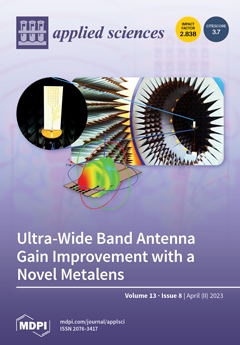The popularity of the bench press (BP) is justified by being one of the most effective exercises to improve strength and power in the upper body. The primary aim of this systematic review and meta-analysis was to compare the electromyography activity (EMG) of pectoralis muscle between BP and other variants of pectoral exercises (OP).
Methods: This study was conducted according to the PRISMA. Original research articles published by March 2023, were located using an electronic search of four databases and yielded 951 original publications. This review included studies that compared the EMG activity of pectoralis muscle between BP and OP. Data were extracted and independently coded by three researchers. Finally, 23 studies were included for systematic review and meta-analysis. Meta-analysis with fixed or random effect model was performed to infer the pooled estimated standardized mean difference, depending on the heterogeneity. The studies were grouped according to the type of the comparison: grip widths, type of grip, inclination of the bench, stability, or exercise type.
Results: The original option of BP activates the sternal portion significantly more than the variant with the inclined bench (SMD = 1.80; 95%CI 0.40 to 3.19;
p = 0.017). Performing the exercise in an unstable situation produced significantly more activation during the concentric phase than performing the exercise in a stable situation (SMD = −0.18; 95%CI −0.33 to 3.74;
p = 0.029). When comparing by type of exercise, greater activations are also seen in the original bench press vs. the comparisons (
p = 0.023 to 0.001).
Conclusions: The results suggest that the traditional bench press performed with the bench in a horizontal position, with a bar and a grip width between 150% and 200% of the biacromial distance (BAD) results from a greater EMG involvement of the pectoralis major in most variations with the same relative load. However, the sternal portion of pectoralis major showed greater activation with the declined variant of bench press.
Full article





